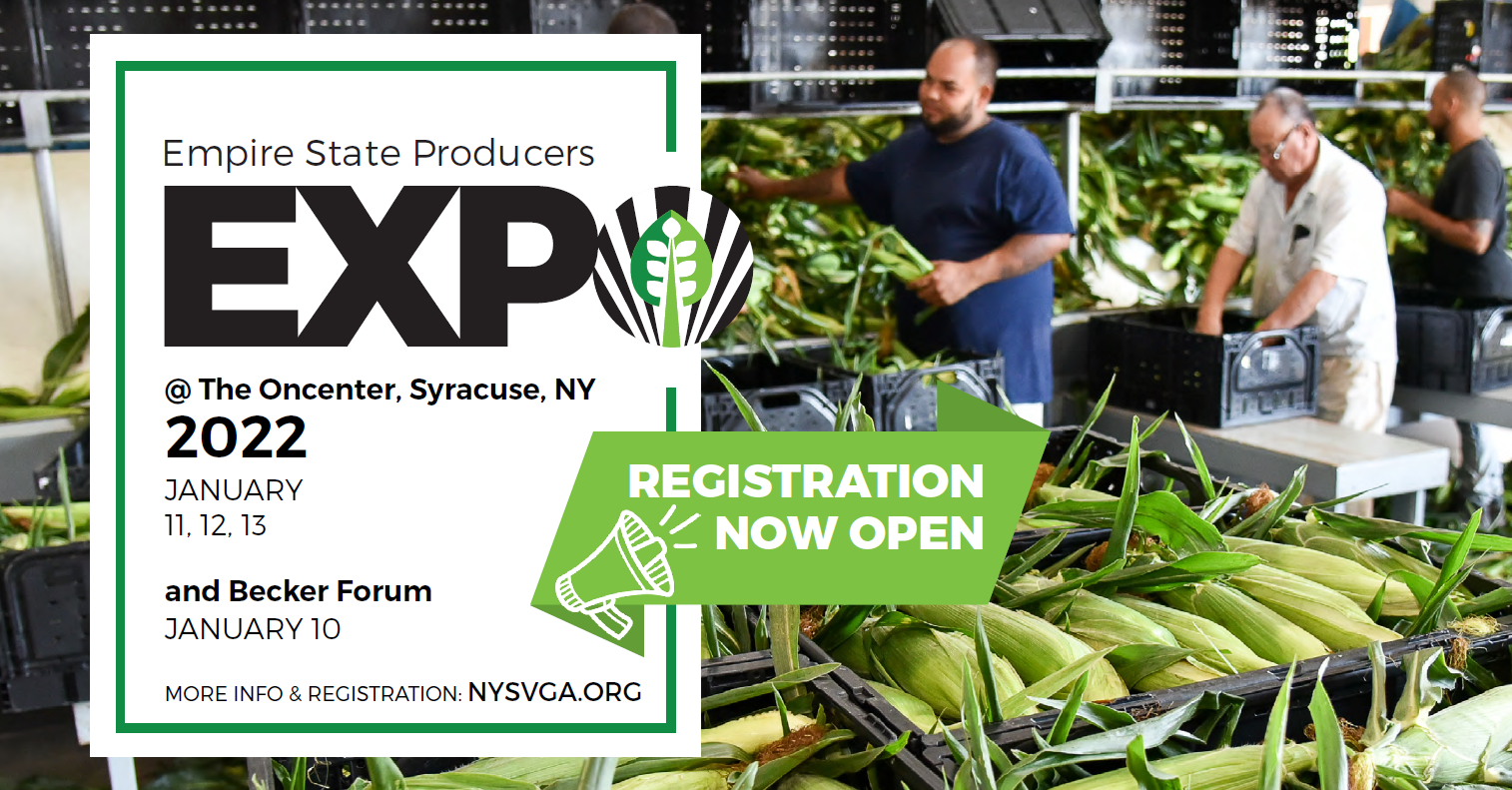The Empire State Producers EXPO, January 11-13, is right around the corner. Due to the surge in covid cases, the 2022 Berry Session have been moved online. This session is scheduled for Wednesday, January 12, and will run from 8:45 a.m. to 4:00 p.m. A mix of researchers, growers, and business owners will share their findings over the course of four sessions.
Visit the Producers EXPO website to see registration and pricing information. To register for the Berry Sessions only, fill out the form and pay via PayPal ($55) here.
8:45–10:15 a.m.
The first Berry Session of the day focuses on containerized berry production. Dr. Neil Mattson (Cornell University) will go over the trends in commercially-grown greenhouse strawberries, and their applicability to Northeastern farms. Senior Extension Associate Kathy Demchak (Penn State University) will review her research on container-growing strawberries and caneberries.
10:45 a.m.–12:30 p.m.
The second Berry Session reviews blueberry production. Researchers from the United States Department of Agriculture will present on the latest breeding efforts, and Dr. Thierry Bescanon (Rutgers University) will discuss the best approaches to manage weeds in blueberry plantings. Liz Machoff (Empire Drip Supply, and the NYSBGA board president) will explain the principles of water acidification in drip irrigation. The session will close with a meeting hosted by the New York State Berry Growers Association.
1:30–2:15 p.m.
The third Berry Session is dedicated to the economics and sustainability of berry crop production. Business owner David Duda (Dudas Blues, and an NYSBGA board member) will discuss the role of value-added products in his business. Dr. Kris Park (Cornell University) will review a New York State pricing survey of berry growers, and provide economic insights. Dr. Heather Grab (Cornell University) will share her findings on balancing pollinator care and weed management in strawberries.
2:45–4:00 p.m
The fourth Berry Session explores lesser-known berries and nut crops that are suitable for the Northeast. Ph.D. Candidate Samantha Bosco (Cornell University) will share her knowledge of nuts as a crop and food source. Dr. Iago Hale (University of New Hampshire) will discuss the characteristics of hardy kiwifruit when grown as a commercial crop. Coming down from Northern NY, Dr. Mike Davis will present on juneberries, and grower Duane Smith will provide a summary of his experience growing honeyberries.
View the rest of the EXPO sessions below.














